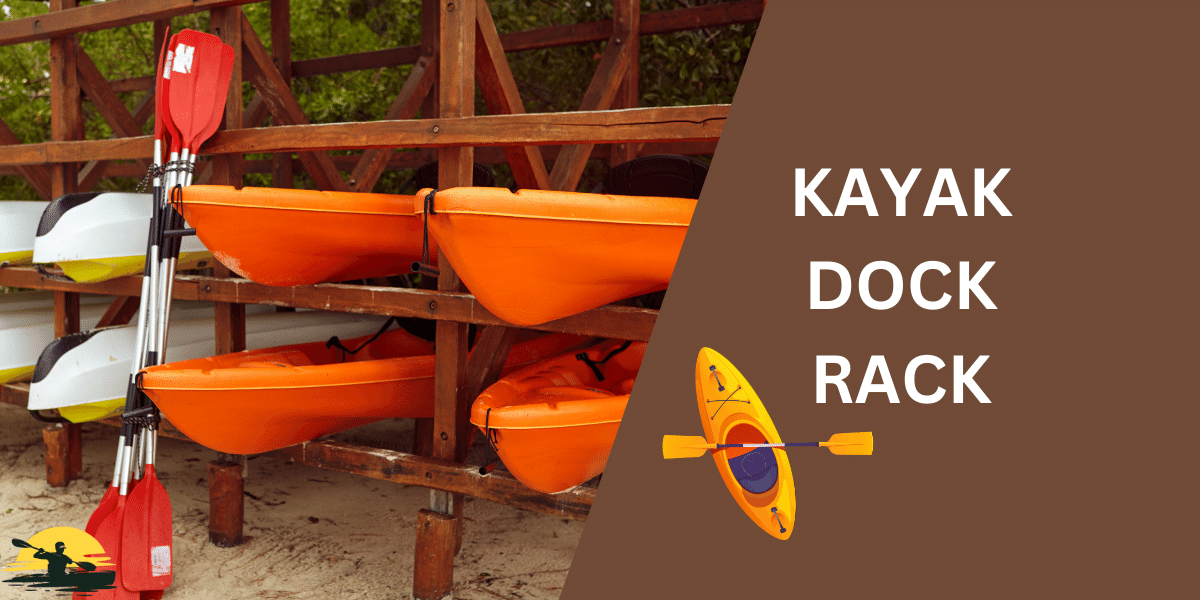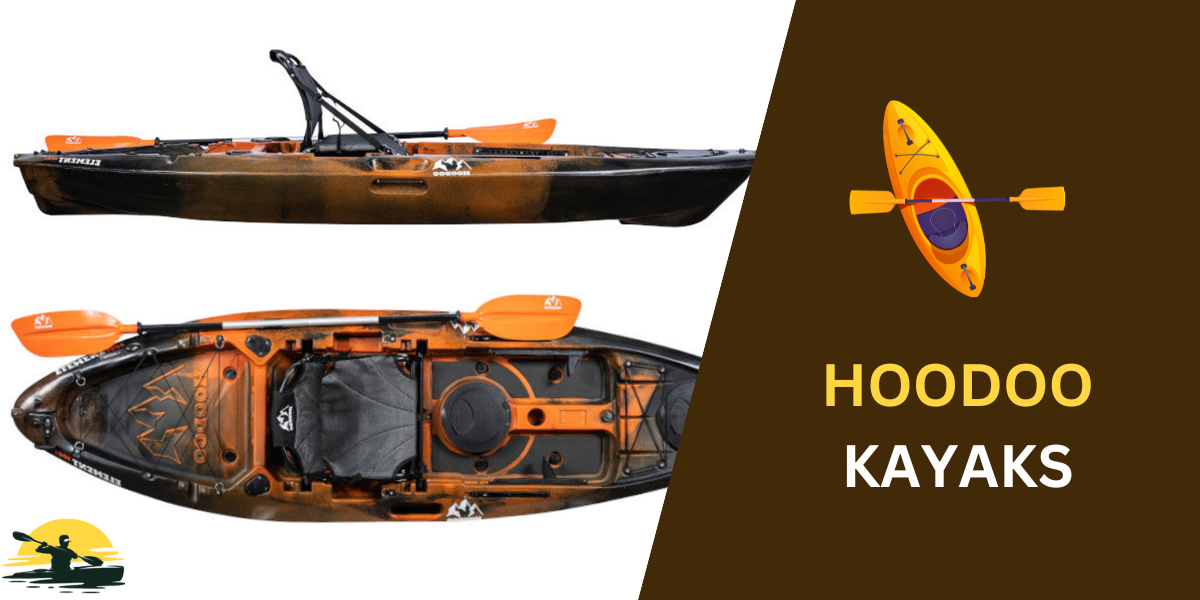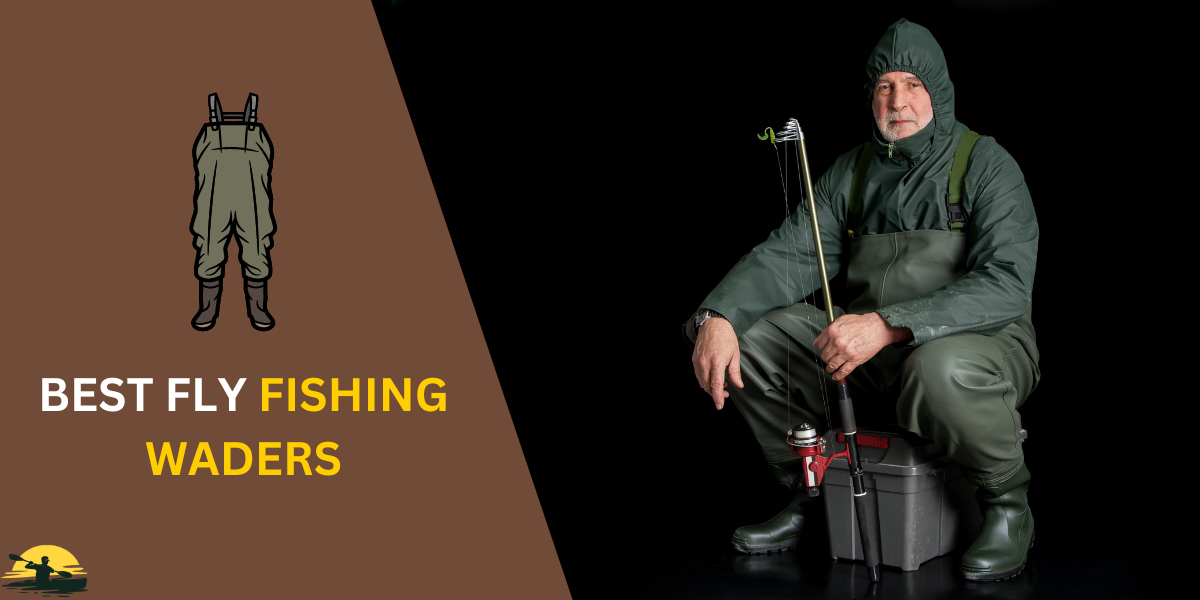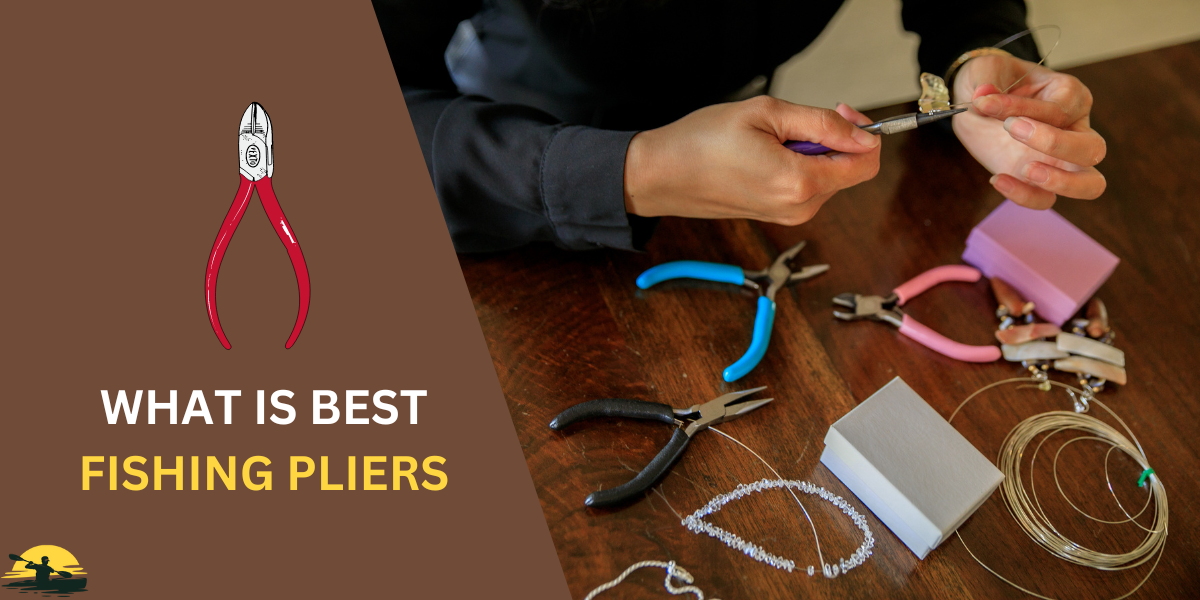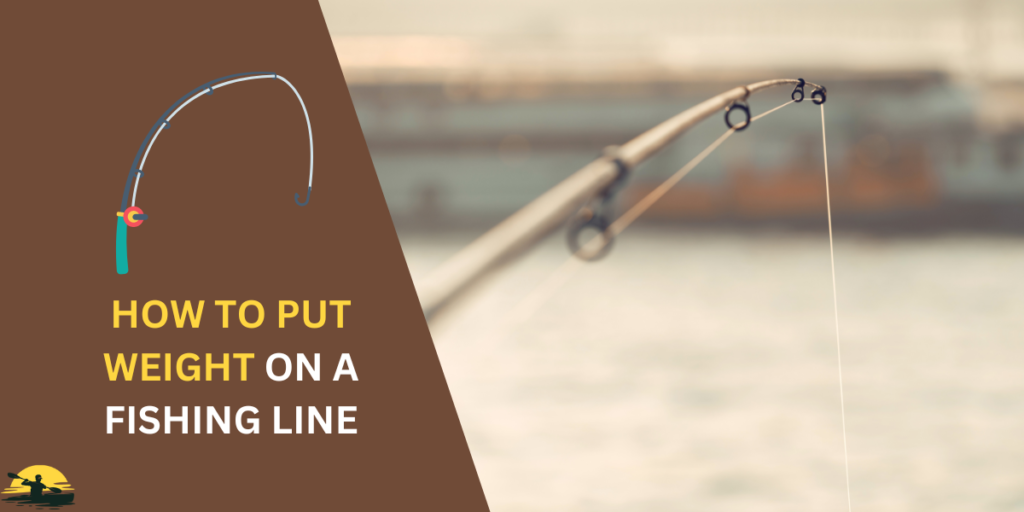
Are you tired of your bait floating on the surface or your line getting tangled? The solution is simple-you need a fishing weight. Let’s dive into the world of fishing weights and learn how to use them effectively.
Fishing weights, also called sinkers, help your lure sink to the right depth and cast farther.
They come in various types, like split shots, bullets, and egg sinkers. No matter if you’re Carolina rigging or fly fishing, knowing how to attach a weight, is a must-have skill for catching more fish.
How to Put a Weight on a Fishing Line
- Fishing sinkers (weights) help your bait sink and cast farther.
- Choose the right sinker based on water depth, current, lure size, and your fishing gear.
- Split shot and rubber core sinkers are pinched directly onto the line.
- Sliding sinkers need a stop (bead or swivel) before attaching the leader line.
- Egg and bullet sinkers require a knot (slip knot or uni knot).
- Experiment with different rigs (Carolina, Texas, etc.) and weight placements to find what works best.
- Avoid too much weight or line twisting issues.
- Consider eco-friendly alternatives to lead weights.
Understanding Fishing Weights
Let’s talk about those little weights we attach to our fishing lines, called fishing sinkers. They aren’t just dead weight; they’re like your bait’s personal elevator, taking it down to the right floor where the fish are hanging out. Imagine trying to catch fish in a tall building – you need to get your bait down to the right level.
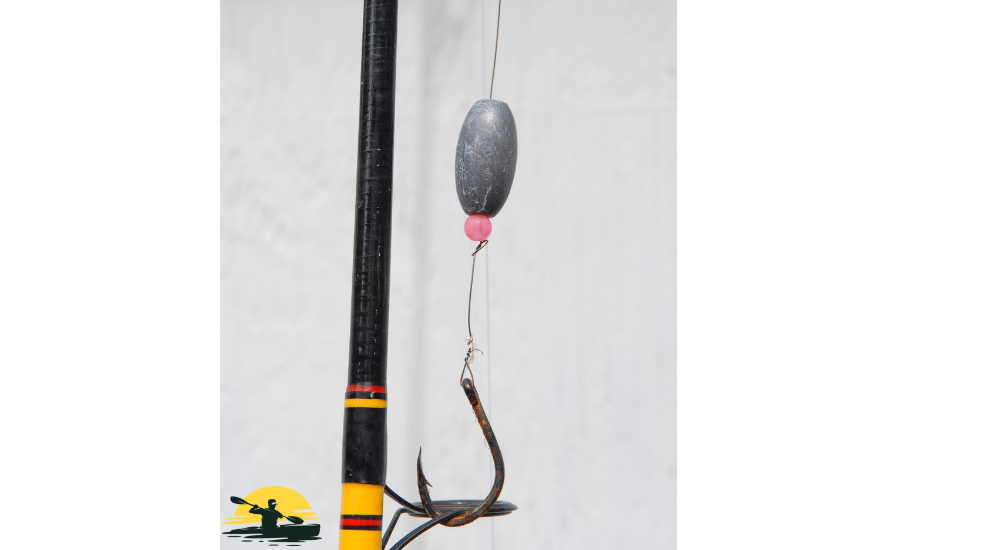
Types of Fishing Sinkers
Sinkers come in all shapes and sizes, each with its special purpose. Some popular ones include:
- Split Shot Weights: These are small, split lead weights that you can pinch onto your line. They’re great for adding a little weight when fishing in shallow water or with lighter lures.
- Bullet Sinkers: Shaped like a bullet (hence the name!), these sinkers have a hole through the middle for your line to pass through. They’re perfect for fishing in areas with weeds or grass, as their shape helps prevent them from getting snagged.
- Egg Sinkers: These oval-shaped sinkers also have a hole through the center. They’re versatile and work well in various conditions, especially when you need your bait to stay put on the bottom.
- Sliding Sinkers: These have a hole that goes all the way through so that they can slide up and down your line. They’re perfect for Carolina rigs and other setups where you want your bait to move freely.
- Rubbercore Sinkers or Worm Weights: These sinkers have a rubber core that helps them stay put on your line without damaging it. They’re often used for Texas rigs and other soft plastic lure presentations.
How to Choose the Right Sinker
When choosing a sinker, there are a few things to consider:
- Water depth: Deeper water generally requires a heavier weight.
- Current strength: Stronger currents need more weight to keep your bait from being swept away.
- Lure size and type: Larger or bulkier lures may need heavier sinkers.
- Fishing rod and line: Heavier rods and lines can handle heavier weights.
A Word of Caution
Be careful not to use too much weight. Less weight can make your lure look unnatural and scare away fish. It can also make it harder to detect bites. Just to remind you, you want your bait to appear as natural as possible. It’s always better to start with a lighter weight and add more if needed.
Now that you know the basics, let’s learn how to attach those sinkers to your line!
Attaching Weights Directly to the Line
Now you have got your fishing gear ready, including the right sinker, let’s get it attached to your line. There are a few ways to do this, depending on the type of sinker and rig you’re using.
Split Shot Weights and Rubbercore Sinkers:
These are the easiest to attach. Pinch them onto your main fishing line above your hook. Easy peasy!
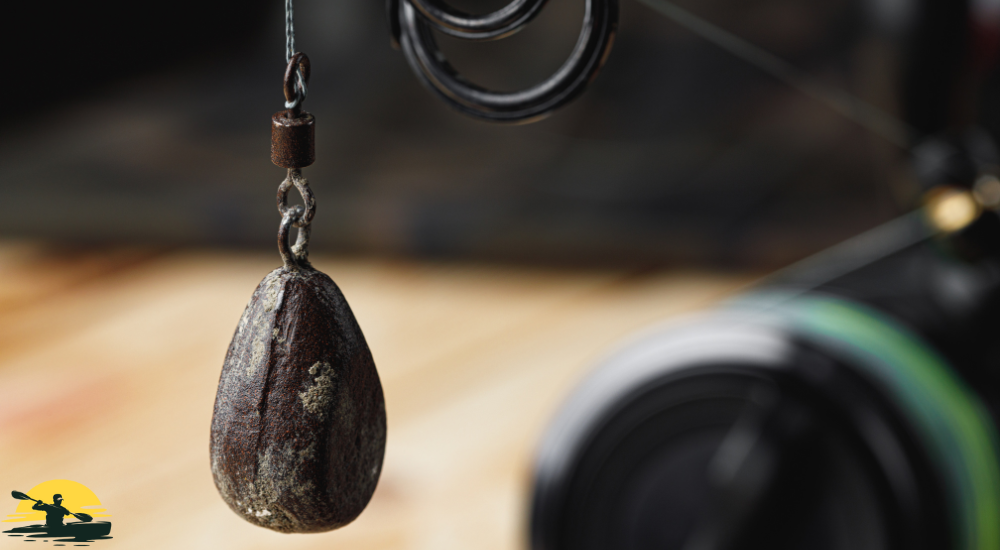
Sliding Sinkers
These slide freely on your line, so you’ll need a way to stop them.
- Thread the sinker onto your main fishing line.
- Then, tie a small barrel swivel or a plastic bead onto the line below the sinker to prevent it from sliding down and hitting your hook.
- Finally, tie your leader line (the line with your hook) to the other end of the swivel or bead.
This setup is often used in Carolina rigs, allowing your bait to move naturally and draw fish in.
Egg Sinkers and Bullet Sinkers
For these sinkers, you’ll need to tie a knot. A simple slip knot or uni knot will do the trick. Here’s how:
- Pass the line through the hole in the sinker.
- Double the line back and tie a slip knot or uni knot.
- Trim any excess line sticking out.
Specialty Sinkers
Some sinkers, like walking sinkers, have a special design that lets them walk along the bottom without getting stuck. They usually have a loop or a hole for attaching your line. You can use a slip knot or a loop knot for this.
Remember, the best way to attach your sinker may vary depending on your specific rig and the fishing conditions. Don’t be afraid to experiment and find what works best for you!
Bonus Tip:
If you’re fishing in deep water or need extra weight, you can combine different types of sinkers. For example, you could use a sliding sinker with a bead and then add a split shot weight further down the line.
Fishing Line Accessories for Weight Attachment
Now that you’ve mastered the art of attaching weights let’s explore how to use them in different fishing rigs. Remember, the placement and type of sinker can drastically change how your bait behaves underwater.
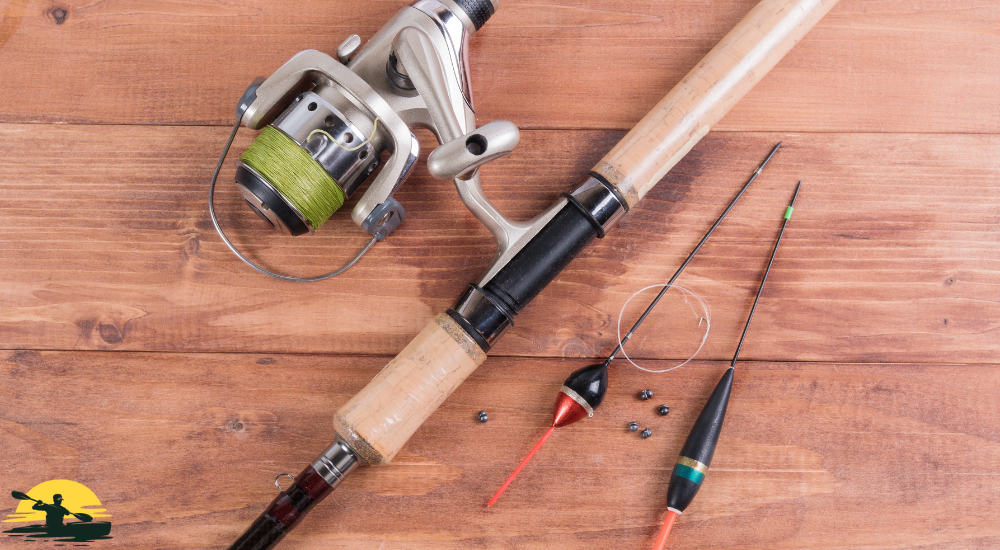
Carolina Rig
This is a popular rig for bass fishing. You’ll need a sliding sinker (like an egg sinker or bullet sinker), a bead, a swivel, and a leader line with your hook.
- Slide the sinker onto your main line, followed by the bead (to protect your knot).
- Tie the swivel to the end of your main line.
- Attach your leader line (usually 1-3 feet long) to the other end of the swivel.
This setup allows your bait to move freely along the bottom, enticing that hungry bass.
Texas Rig
This rig is perfect for fishing in areas with lots of weeds or cover. You’ll need a bullet sinker and a rubber core sinker (also called a worm weight).
- Slide the bullet sinker onto your line.
- Thread the line through the rubbercore sinker, with the point of the sinker facing the opposite direction of your hook.
- Push the hook through the head of your soft plastic lure, then bring it back out about a quarter inch later.
This creates a weedless presentation, allowing your lure to glide through the cover without getting snagged.
Other Rigs:
There are many other rigs out there, each with its specific weight placement. Some rigs, like drop shot rigs, use lighter weights near the hook for a more finesse presentation. Others, like slip bobber rigs, use a sliding weight to adjust the depth of your bait.
Experiment with different rigs and weight placements to see what works best for you and the fish you’re targeting. Don’t be afraid to get creative!
The right rig and weight placement can make all the difference in your fishing trip.
Tips for Effective Weight Placement
Ready to step up your weight game? Let’s dive into some more advanced tips and tricks for using fishing weights.
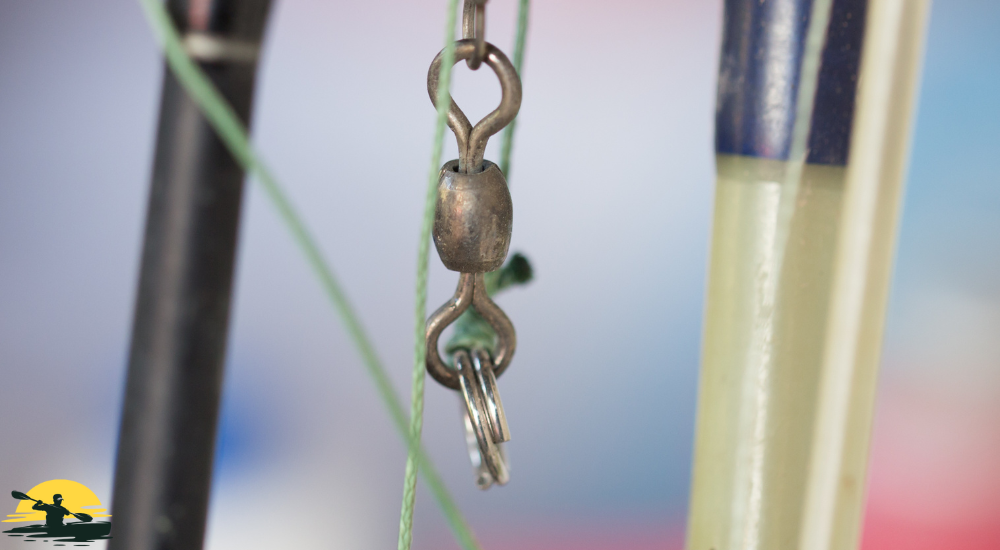
Fine-Tuning Your Rig
- Weight Placement: Don’t be afraid to experiment with the placement of your weight. Sometimes, moving it a few inches up or down your line can make a big difference in how your bait attracts fish.
- Multiple Weights: In certain situations, using multiple smaller weights instead of one large one can be beneficial. This distributes the weight more evenly and can make your bait look more natural in the water.
- Specialty Weights: If you’re looking for a more innovative weight design, check out specialty sinkers like disc weights, bullet weights with swivels, or even adjustable slip weights. These can offer unique advantages depending on your fishing style and target species.
Special Considerations
- Line Protection: Always use a bead or swivel to protect your line from damage when using sliding weights or sinkers with sharp edges.
- Environmentally Friendly Options: Lead weights can be harmful to the environment. Consider using alternatives like tungsten, bismuth, or steel weights. These are not only safer for the environment but also denser than lead, meaning you can use smaller sizes for the same amount of weight.
With these tips, you’re well on your way to becoming a weight-wielding fishing pro! Remember, practice makes perfect. The more you experiment with different weights and techniques, the better you’ll understand how to use them to your advantage and catch more fish.
Additional Tips and Tricks
Even experienced anglers can run into problems with fishing weights. Here are a few common mistakes and how to fix them:
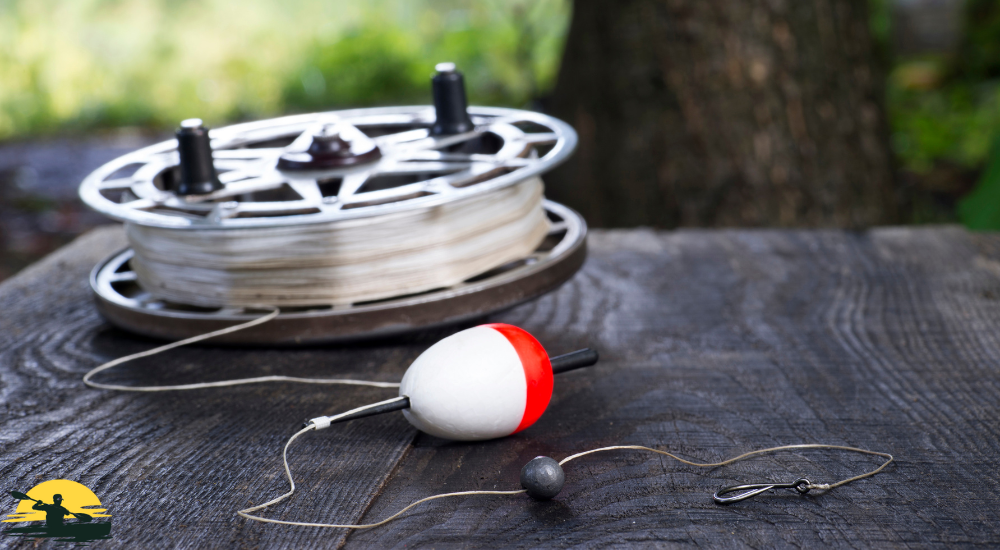
Too Much Weight: If your bait is sinking like a rock and you’re not getting any bites, you’re probably using too much weight. Remember, you want your bait to look natural. Try using a lighter weight or a different type of sinker that offers less resistance in the water.
Not Enough Weight: If your bait is floating on the surface or getting swept away by the current, you need to add more weight. You can just experiment with different sinker sizes until you find one that allows your bait to arrive the desired depth and stay there.
Line Twist: If your line is getting twisted, it could be because of your sinker. You can try using a swivel above your sinker to prevent line twists. Swivels allow your line and bait to rotate freely without affecting the main line.
Tangled Line: If your line keeps getting tangled, could you check your rig? Make sure your sinker is just a short distance from your hook and that your leader line is long enough to allow your bait to move freely.
Lost Sinkers: Losing sinkers is a common frustration. To prevent this, make sure your knots are tied securely, and check your line for any signs of wear and tear before each cast. Consider using a heavier line or a sinker with a rubber core to reduce line damage.
Remember, patience and practice are key. Keep going if you get it right away. With a little experimentation, you’ll soon be able to master the art of weighting your fishing line and reel in more fish than ever before.
Conclusion
Now that you’ve learned the ins and outs of fishing weights, it’s time to cast your line and see what you can catch!
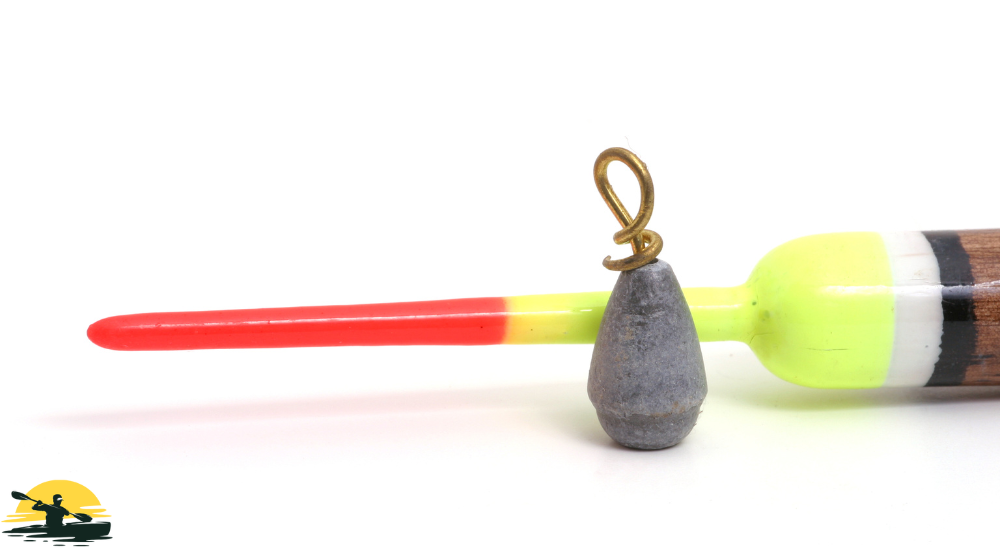
Remember, using the right sinker and attaching it correctly can make all the difference in your fishing success.
Feel free to experiment with different types of sinkers, rig setups, and weight placements. Every fishing trip is a opportunity to learn and improve your skills. So get out there, have fun, and who knows, you might reel in the largest catch of your life!
And remember, fishing is all about patience and persistence. Keep going if you don’t catch anything right away. Keep practicing and trying new things, and eventually, you’ll be a fishing pro in no time. Tight lines and happy fishing!
Frequently Asked Questions
Can I use any weight for any fishing situation?
No, different fishing situations call for various types of weights. Please take a look at the depth of the water, the current strength, and the kind of lure you’re using. For example, a split shot is suitable for shallow water, while a heavier sinker, like an egg sinker, is better for deeper water or stronger currents.
How do I know if I’m using too much weight?
If your bait is sinking too quickly or hitting the bottom with a thud, you probably need to use more weight. This can scare fish away and make it harder to detect bites. Start with a lighter weight and gradually expand it until you find the right balance.
Is it better to use one large weight or multiple smaller weights?
It depends on the situation. In some cases, using multiple smaller weights can be more effective. It distributes the weight more evenly, making your bait look more natural. This can be particularly useful when fishing with soft plastic lures.
What’s the difference between a sliding sinker and a fixed sinker?
A sliding sinker can move freely up and down your line, while a fixed sinker is attached in one place. Sliding sinkers are often used in Carolina rigs, allowing your bait to move naturally. Fixed sinkers are better when you want your bait to stay in one spot.
What are some alternatives to lead weights?
Lead weights can be harmful to the environment. Consider using alternatives like tungsten, bismuth, or steel weights. These are not only safer for the environment but also denser than lead, meaning you can use smaller sizes for the same amount of weight.





